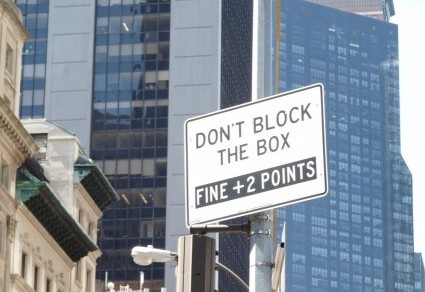A while ago a friend sent me a photo that perfectly captures the national mood, or so it seems to me judging by what I read in the paper:

I’m in a “gripe” mood also. So settle in with a little jelly, fellow complainers, and express your own annoyances. Here are three of mine:

It has long been my position that ‘n (intended as a contraction of “and”) is a grunt, not a word. Here it appears with double quotation marks. My advice: If you’re going to butcher a contraction, at least use the proper punctuation to do so. In this case, place an apostrophe before and after the n to indicate that a and d have been dropped.
Next gripe:

I’m a grammarian, not a mathematician, but shouldn’t “Three Cheese Mac & Cheese” be made with three types of cheese? Yet the second line specifies that the dish is “made with American and Swiss Cheese.” I checked the ingredient list, which lists no other identifiable dairy product. I thought about crossing out “three” and penciling in “two,” but I decided that customers, unlike label makers, can count.
One more:

I don’t usually bother with spelling errors, but this one I can’t ignore. Unless they’re trying to exclude everyone except Chicago and Boston baseball professionals, the word is “socks.” Second, even if the sign does refer to the White Sox and Red Sox, you don’t need the final “s.” “Sox” is a plural term. Which makes me wonder what you call a single major leaguer from one of these teams. I can’t imagine an announcer introducing “the next sock at bat.” Baseball fans, feel free to enlighten me, despite the fact that I’ve clearly eaten too much “gripe jelly.” I think I’ll stick with plain peanut butter for a while, at least until I get my perspective back.
























